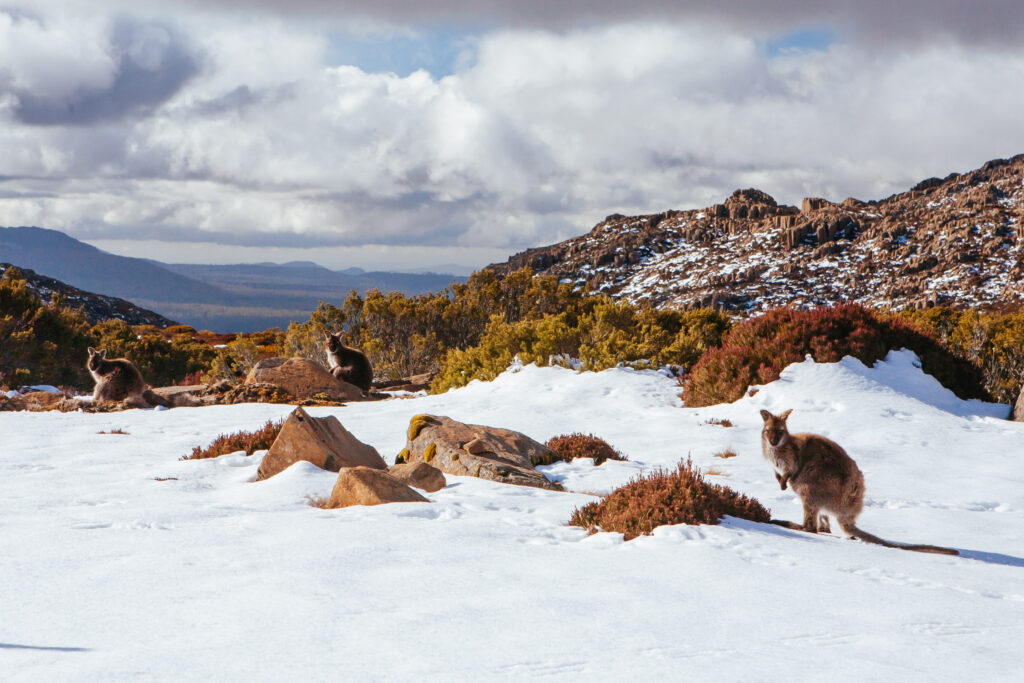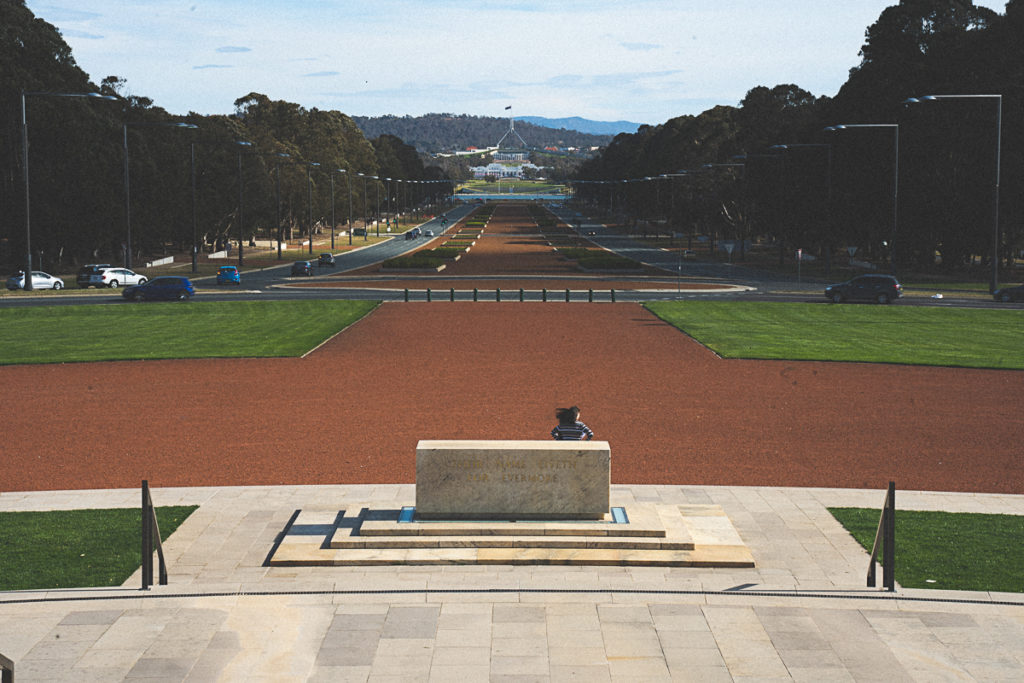Long before Australia was colonised by the British, people in the northern hemisphere believed that there was a great and mysterious land on the other side of the world – they called it Terra Australis Incognita – the ‘unknown land of the south.’
Even now in the 21st century, perhaps because of its daunting size, or its isolation or its remarkable natural wonders, there’s something about Australia that captures people’s imaginations and also kindles plenty of myths and misconceptions.
Just for you, we’ve rounded up and debunked some of the most common myths international students might hear about Australia. Here they are, in no particular order.
Myth No. 1. It’s hot everywhere…all the time
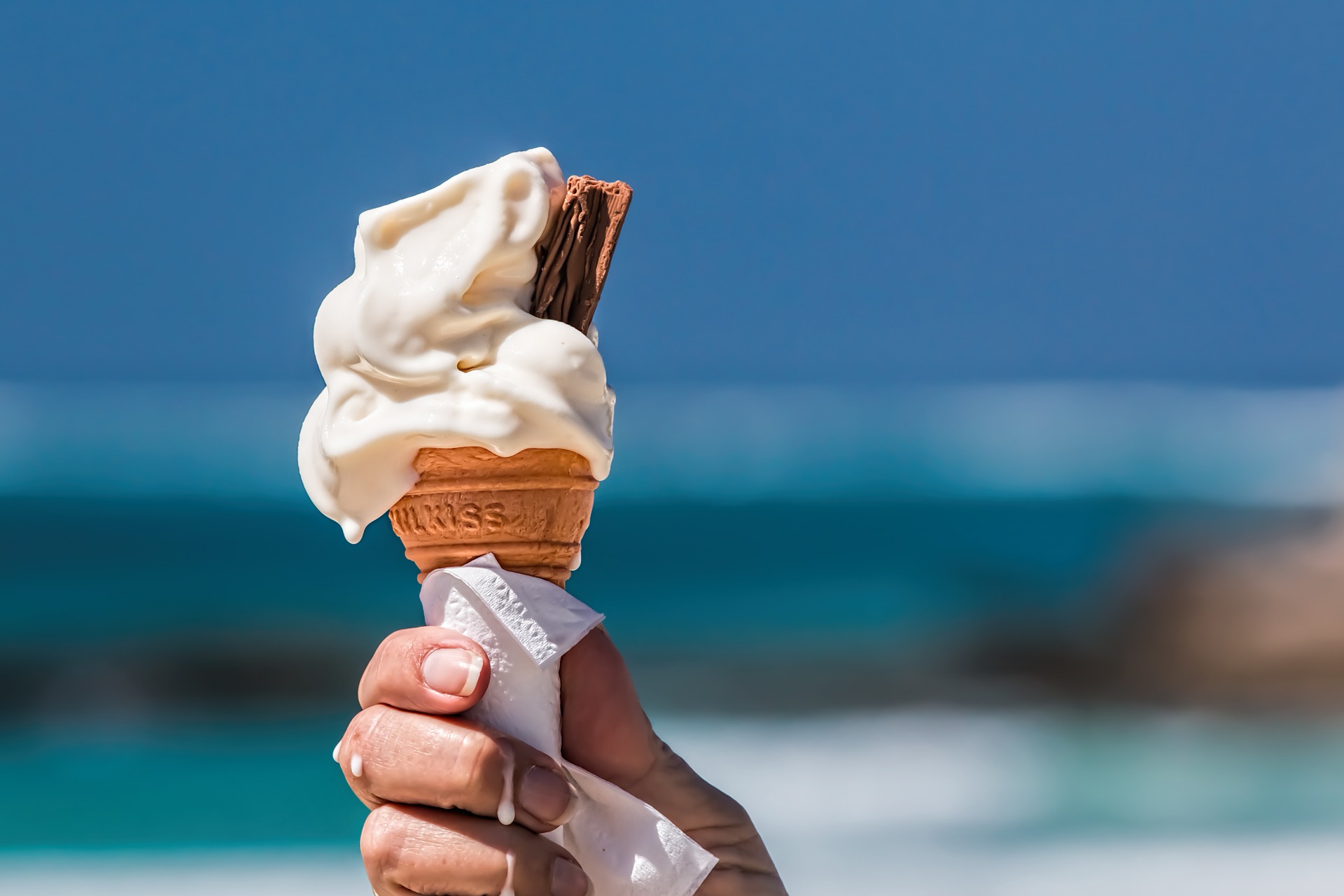
Not quite true. Australia is a BIG place, and so the climate varies a lot across the continent. While there are large swathes of Australia that are hot and dry for many months of the year, the southern and eastern parts of Australia (where the majority of people live) don’t always have perfect beach weather.
Most capital cities (Sydney, Melbourne, Canberra, Adelaide, Hobart and Perth) have temperate climates, which means they get moderately cool in winter and moderately hot in summer. You’re unlikely to see snow, but international students definitely still need to pack some warm jumpers if they’re heading to the southern capitals to study. The city of Melbourne is especially famous for its unpredictable weather, as popularized in the Crowded House song ‘Four Seasons in One Day.” Hoods and layers of clothing are recommended.
You’ll find the tropical weather in northern parts of Australia (in Brisbane and Darwin). Those wanting to see the stereotypically Australian dry, red, hot dessert will have to trek out to central and western Australia.
Myth No. 2. Australians are all descended from convicts
Ok, a lot of Australians are descended from convicts, but not all. The consensus is that about 20% of the 23 million or so Aussies do have a convict ancestry (that’s about 4.6 million people).
Since British settlement in 1788, Australian demographics have changed a fair bit. The Australian Bureau of Statistics reports that as of 2011, 24.6% of the population was born overseas. The four most common of those overseas birthplaces are; the United Kingdom, New Zealand, China, and India.
Myth No. 3. Australia is full of incredibly dangerous animals
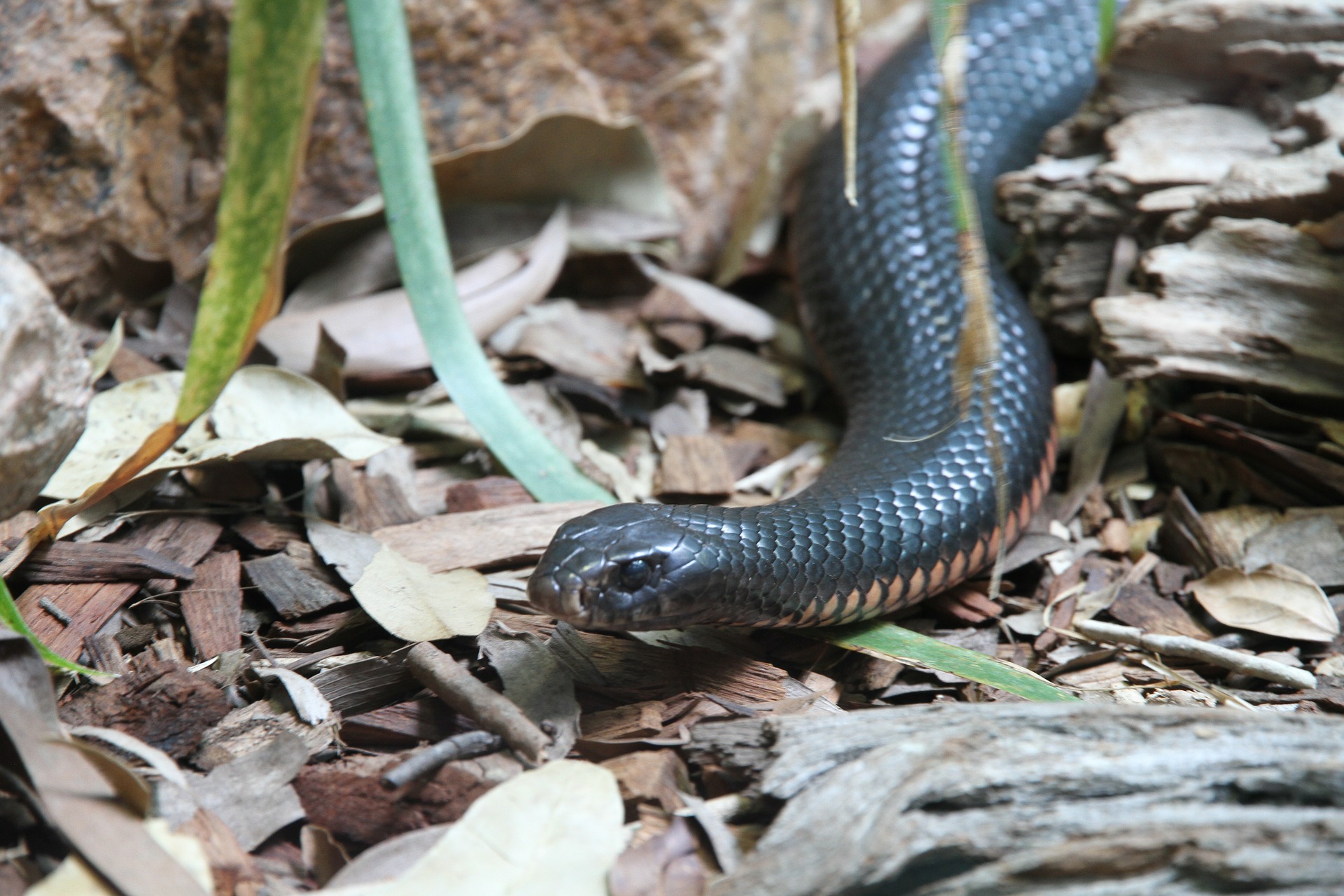
No, not everything here will kill you. Australia actually has a surprising lack of apex predators compared to other continents. Crocodiles and dingoes are the only two major predators, and both are restricted to certain areas of Australia.
We do play home to some very venomous creatures including the Irukandji jellyfish (believed to be the world’s most venomous animal), the Sydney funnel-web spider (maybe the most deadly spider in the world) and the Inland taipan (which has the most toxic venom of any snake). Ok, all of that sounds pretty bad when you put it all together, but the chances of actually meeting any of these creatures are so small, that it’s safe to say that this myth is false…unless you believe in drop bears of course?
Myth No. 4. Sydney is the capital
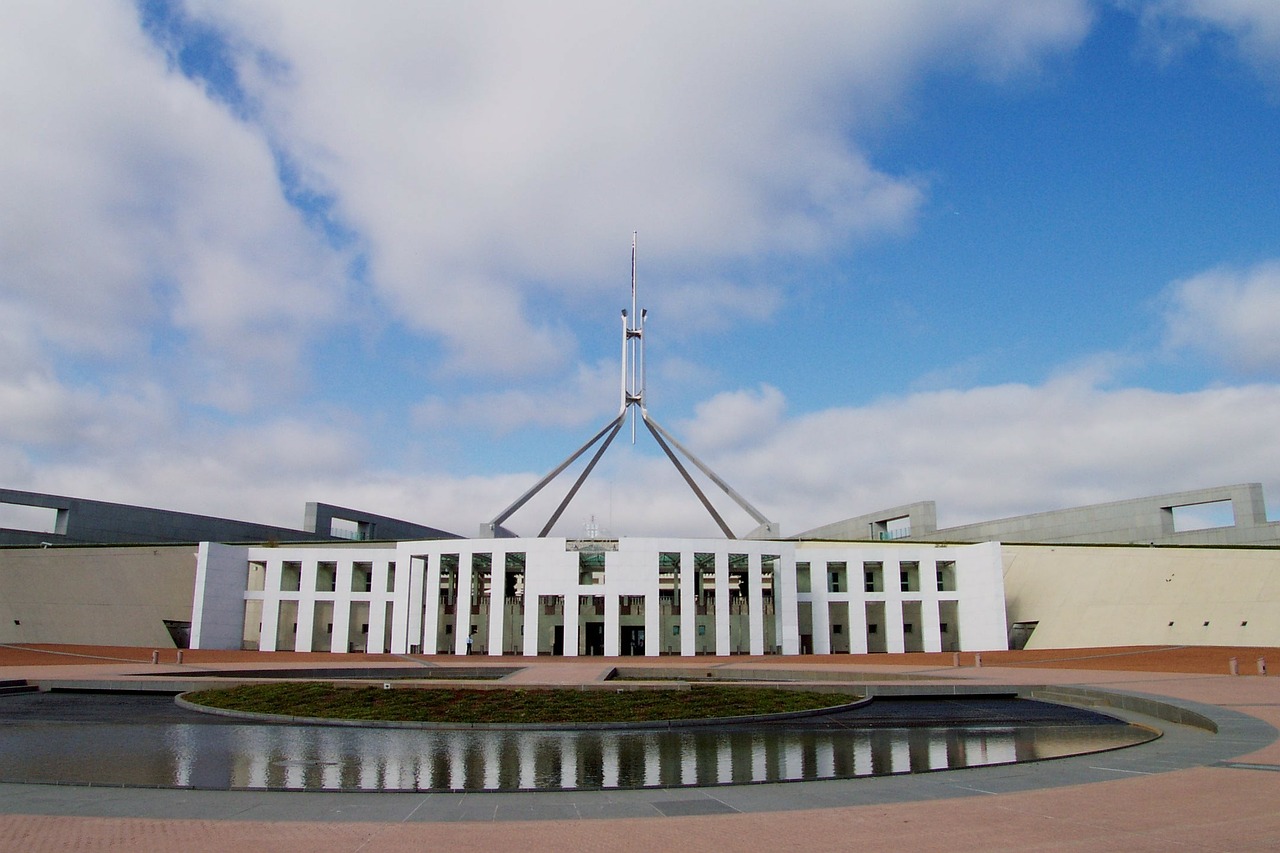
No, Sydney isn’t the capital, and neither is Melbourne. The honour actually goes to a city right in the middle of the two – Canberra. Often maligned by residents of other cities, bewildered by its status as capital, Canberra is a very beautiful, clean and quirky little city. Australian politicians come to Canberra to meet at Parliament House, one of the largest buildings in the southern hemisphere. Canberra is also home to the Prime Minister’s official residence, which is called, The Lodge’.
Myth No. 5. Everyone says ‘G’day’
Actually, the world famous ‘g’day mate’ (short for ‘good day’) is starting to go out of fashion, especially with younger, city dwellers. You’ll still hear it occasionally, but you’re also just as likely to hear a ‘How’s it goin?’, ‘Hey mate’ or just ‘Hi.’ So don’t feel any pressure to greet Aussies with a ‘G’day.’
If you do happen to hear some good old fashioned Aussie slang, savour the moment, as research suggests that Australians are slowly abandoning their old accents and slang for more a standard sounding English.
To find out even more about the real Australia, check out our articles below.




